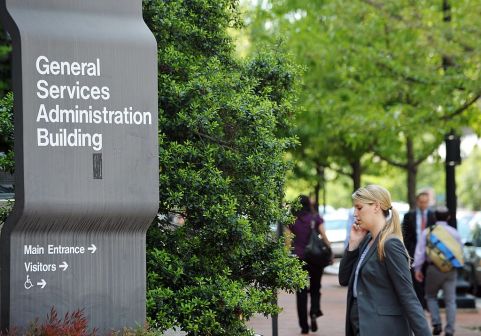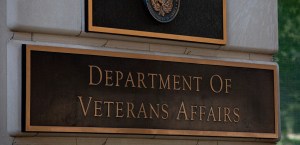Technology Modernization Fund program still lacks plan to recoup operating costs

The Technology Modernization Fund continues to cost more to run than it collects in agency repayment fees, largely because some of its early projects narrowed their scopes, according to a Government Accountability Office report.
Agencies had repaid the Technology Modernization Fund (TMF) Program Management Office (PMO) $808,889, or 28.8%, of the $2.8 million operating costs as of August, per the report.
While that’s a meaningful jump from the 3% the TMF PMO received as of 2019, the Office of Management and Budget and the General Services Administration never implemented GAO‘s recommendation to create a plan for full cost recovery by collecting fees, the watchdog said.
“A key reason for this shortfall is that six of the seven initially approved projects narrowed their scopes,” reads the report. “This led to reduced award amounts transferred to agencies, which in turn resulted in about a $1.12 million reduction in anticipated fees.”
For these initial TMF projects, agencies are required to pay back the funds they were given over a five-year period, unless they get a special extension.
The TMF PMO has yet to integrate the risk of repayment shortfalls into its fee model and, as such, is projected to collect a mere $2.12 million from the 11 original projects by 2028. While the TMF PMO is authorized to use the fund itself to cover operating costs, the TMF Board approved seven new projects worth at least $311 million in September, after receiving 113 proposals for $2.3 billion in funds, so it needs every penny.
Complicating matters further is the fact OMB updated repayment guidance in May so that agencies no longer need to repay TMF funds they receive within five years and can instead apply for partial reimbursement, between 25% and 100%, or minimal reimbursement, less than 25%. The TMF PMO’s fee structure under the new guidance has never been published, according to GAO.
GAO further found that agency estimates of their cost savings from IT modernization using TMF funds were “unreliable.”
Of seven TMF projects approved between 2018 and 2019, two reported cost savings but failed to document them, two reported no longer expecting savings, two expected savings in one to three years, and one was unsure when they would kick in. Four agencies argued their IT modernization projects were incomplete.
GAO reviewed four project cost estimates and found three didn’t use best practices: the Department of Agriculture’s Specialty Crops System modernization, the Department of Labor’s data modernization and the U.S. Equal Employment Opportunity Commission’s Charge and Case Management System modernization. EEOC argued its TMF project award predated changes in cost estimating guidance.
Only the Customs and Border Protection’s Automated Commercial Environment collections model estimated costs sufficiently, GAO found.
Repayment and cost savings are key items lawmakers who appropriate the fund have been critical of since the creation of the fund and are reasons they tend to be hesitant of funding the TMF at the levels requested by the executive branch.
“Given the significant expansion in available TMF funds, it is increasingly important that GSA implement GAO’s prior recommendation to improve the instructions for the TMF cost estimate template required of each proposal,” reads the report. “Such action would help ensure that the TMF board is reviewing documentation that is complete, accurate and reliable.”






